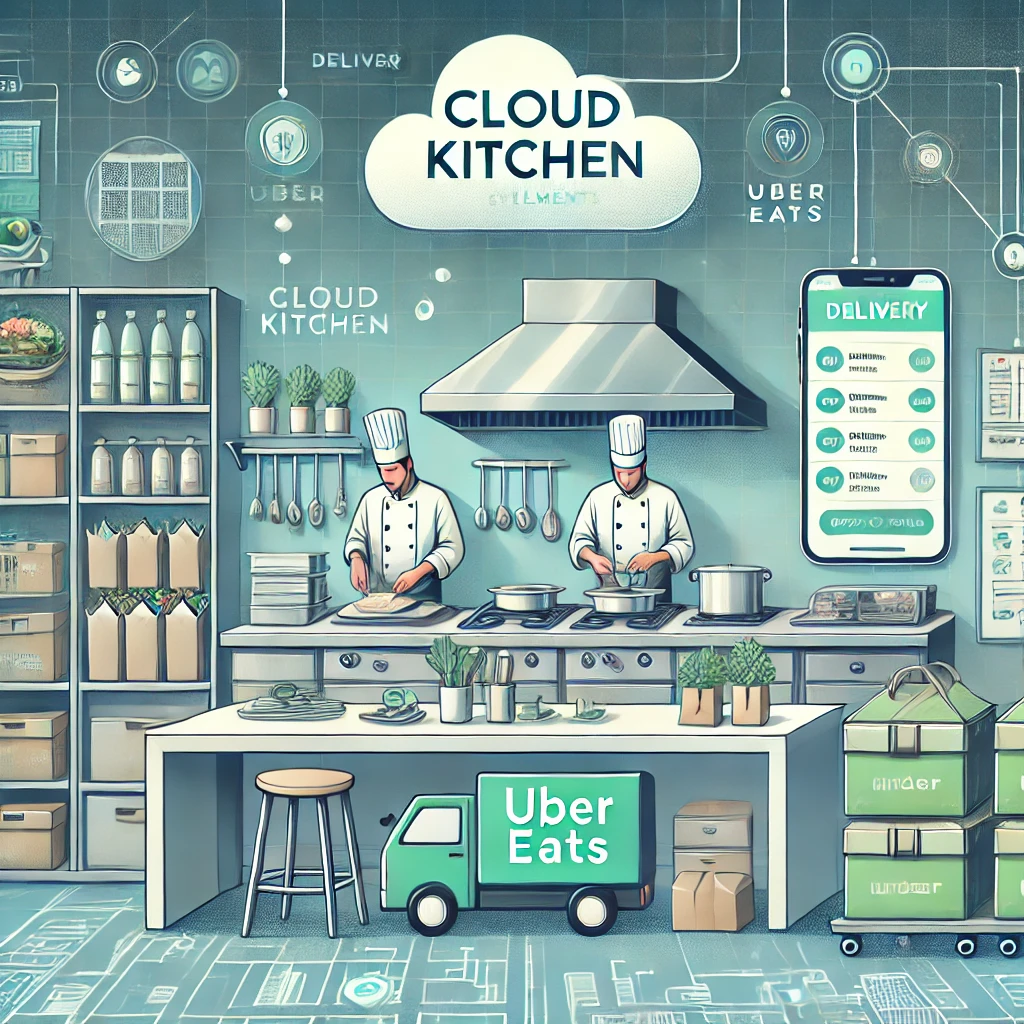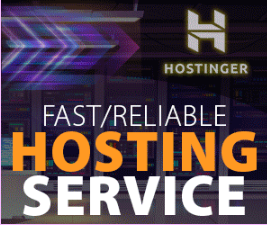Table of Contents
ToggleIntroduction
The cloud kitchen model—also known as a ghost or virtual kitchen—offers a cost-effective way to launch a restaurant without the overhead of a physical dining space. With food delivery booming, this business model allows entrepreneurs to focus entirely on online orders and delivery services. In this guide, we’ll cover everything you need to know, from setting up your kitchen to marketing strategies, ensuring you launch a successful and profitable cloud kitchen business.
1. What Is a Cloud Kitchen Business?
A cloud kitchen, also known as a ghost kitchen, is a delivery-only restaurant that eliminates the need for a physical dining area. Orders are received online or through food delivery platforms like UberEats, DoorDash, and GrubHub. With no in-person customers, cloud kitchens reduce overhead costs and focus entirely on efficient food preparation and delivery.
2. Benefits of Starting a Cloud Kitchen
Starting a cloud kitchen offers several advantages:
- Lower Overhead Costs: No need to pay rent for high-end locations or hire front-of-house staff.
- Flexibility: You can pivot quickly between different food concepts based on market demand.
- High Demand for Delivery: The growing trend of online food delivery supports this model.
- Scalability: Cloud kitchens are easier to expand than traditional restaurants, requiring less investment.
3. Researching the Market and Identifying a Niche
Conduct thorough research to identify gaps and opportunities in your market:
- Analyze Competitors: Check existing cloud kitchens in your area and see what’s missing.
- Identify a Niche: Find a specialty or cuisine that resonates with your target audience.
- Define Your Audience: Know whether you’re serving students, professionals, or families.
- Create a Winning Menu: Focus on delivery-friendly meals that retain quality during transport.
4. Creating a Business Plan for Your Cloud Kitchen
A well-thought-out business plan will guide you through setup and operations:
- Concept: Decide if you’ll focus on a single brand or operate multiple food brands.
- Financial Planning: Include estimated startup costs, projected revenue, and a break-even analysis.
- Operations Strategy: Detail your food sourcing, preparation, and delivery systems.
- Marketing Plan: Outline strategies to promote your brand on social media and delivery apps.
5. Setting Up Your Cloud Kitchen Space
Here’s what you need to get your cloud kitchen up and running:
- Location: Choose an accessible area close to delivery hubs.
- Equipment: Purchase essential items such as ovens, fryers, refrigerators, and packaging supplies.
- Delivery Partner Integration: Connect with platforms like UberEats or local delivery services.
- Health and Safety Compliance: Ensure your kitchen meets local food safety standards.
6. Estimating the Costs of Starting a Cloud Kitchen
Typical startup and operational costs include:
- Setup Costs: Rent, licenses, permits, and equipment.
- Recurring Costs: Staff wages, food supplies, utilities, and delivery commissions.
- Technology Costs: Website development, POS software, and online ordering tools.
- Marketing Budget: Social media ads, influencer partnerships, and email campaigns.
7. Building an Online Presence for Your Cloud Kitchen
Your digital presence is key to success:
- Create a Website: Choose a responsive design with an integrated ordering system.
- Optimize for SEO: Use keywords, meta descriptions, and local SEO strategies to attract organic traffic.
- Engage on Social Media: Post appealing food photos and promotions on Instagram, Facebook, and TikTok.
- Leverage Delivery Platforms: List your kitchen on delivery apps to reach more customers.
8. Marketing Strategies to Attract Customers
Use these strategies to promote your cloud kitchen effectively:
- First-Order Discounts: Offer discounts to new customers.
- Loyalty Programs: Encourage repeat orders by offering rewards or points.
- Email Marketing: Build a mailing list to stay connected with your customers.
- Influencer Collaborations: Work with food bloggers or local influencers to promote your brand.
9. Managing Operations and Delivery Effectively
Efficient operations are critical for a smooth customer experience:
- Inventory Management: Use POS systems to track stock and reduce waste.
- Accurate Order Fulfillment: Ensure all orders are prepared correctly and packaged for delivery.
- Delivery Optimization: Partner with reliable logistics services to guarantee on-time deliveries.
- Customer Feedback Loop: Collect reviews and use feedback to improve operations.
10. Scaling Your Cloud Kitchen Business
Once your kitchen is running smoothly, it’s time to scale your business:
- Open New Locations: Expand to areas with high demand.
- Test New Brands or Menus: Launch multi-brand kitchens to attract a broader audience.
- Explore Franchising: Consider franchising your concept to grow quickly.
- Use Data Analytics: Track performance metrics to identify trends and optimize your operations.
Conclusion
Starting a cloud kitchen business is a profitable way to enter the food industry with lower costs and faster scalability compared to traditional restaurants. From researching the market and setting up your kitchen to marketing strategies and scaling operations, this step-by-step guide provides everything you need to launch and grow your cloud kitchen in 2025. With the right planning and strategy, your cloud kitchen can thrive in today’s competitive food delivery market.



